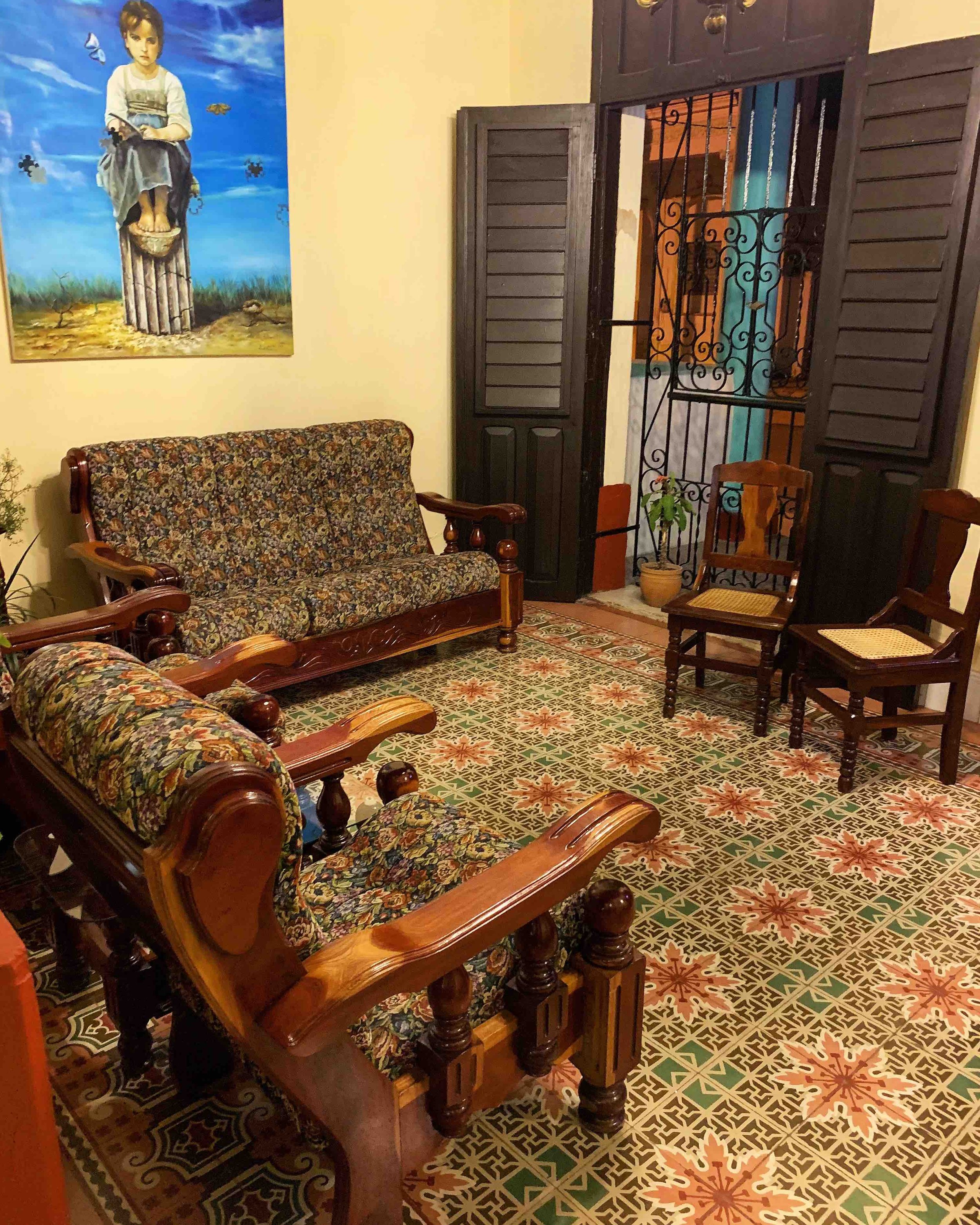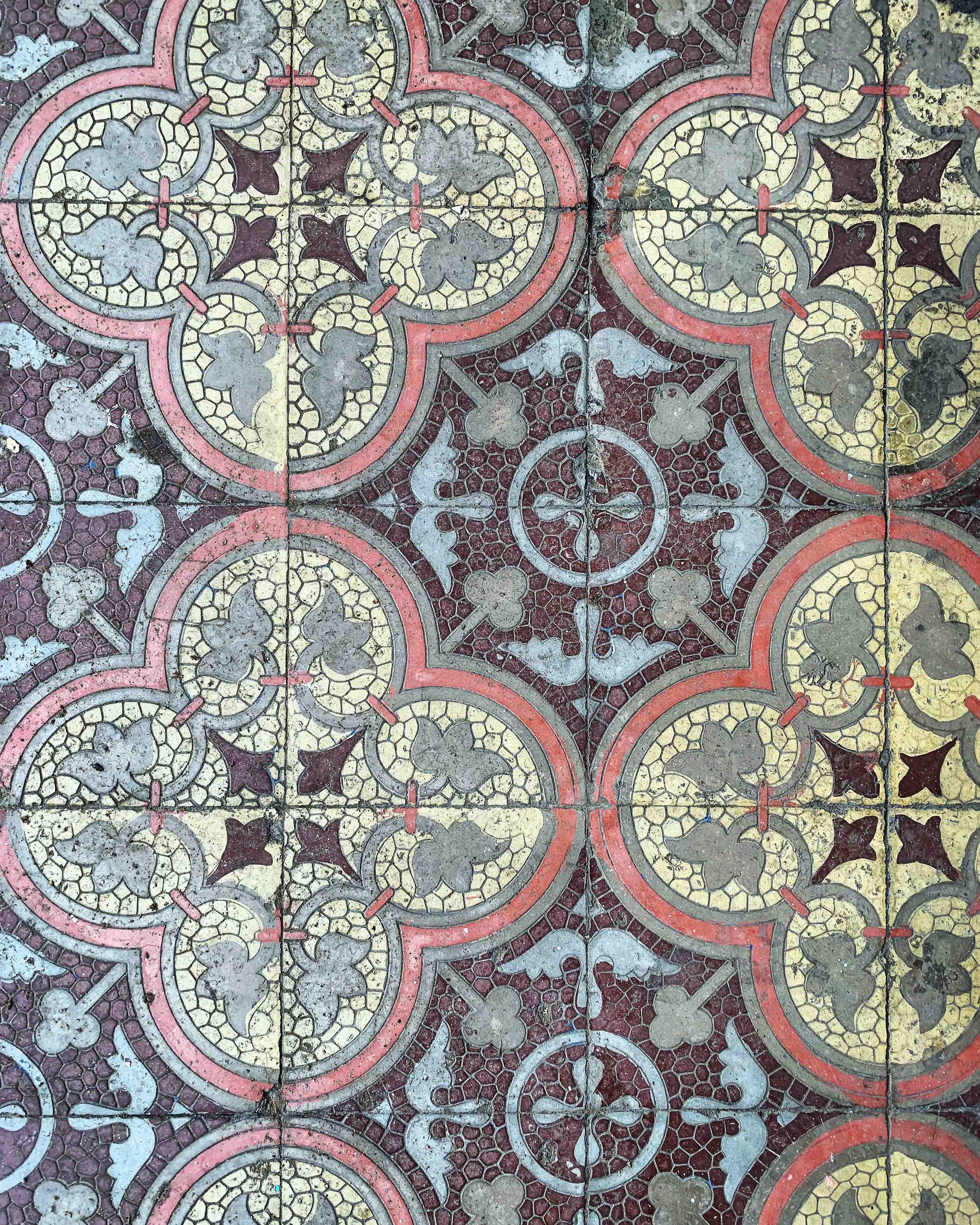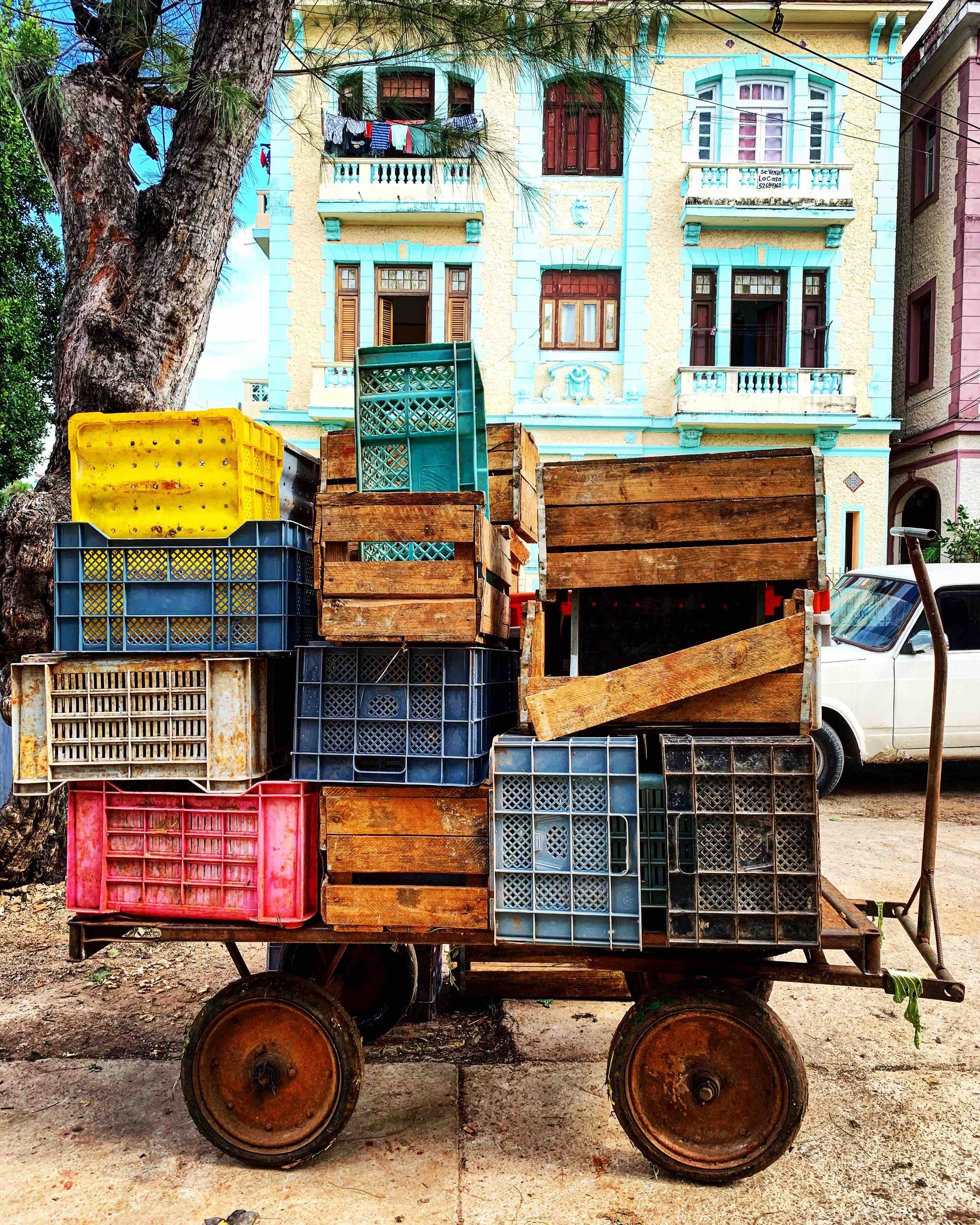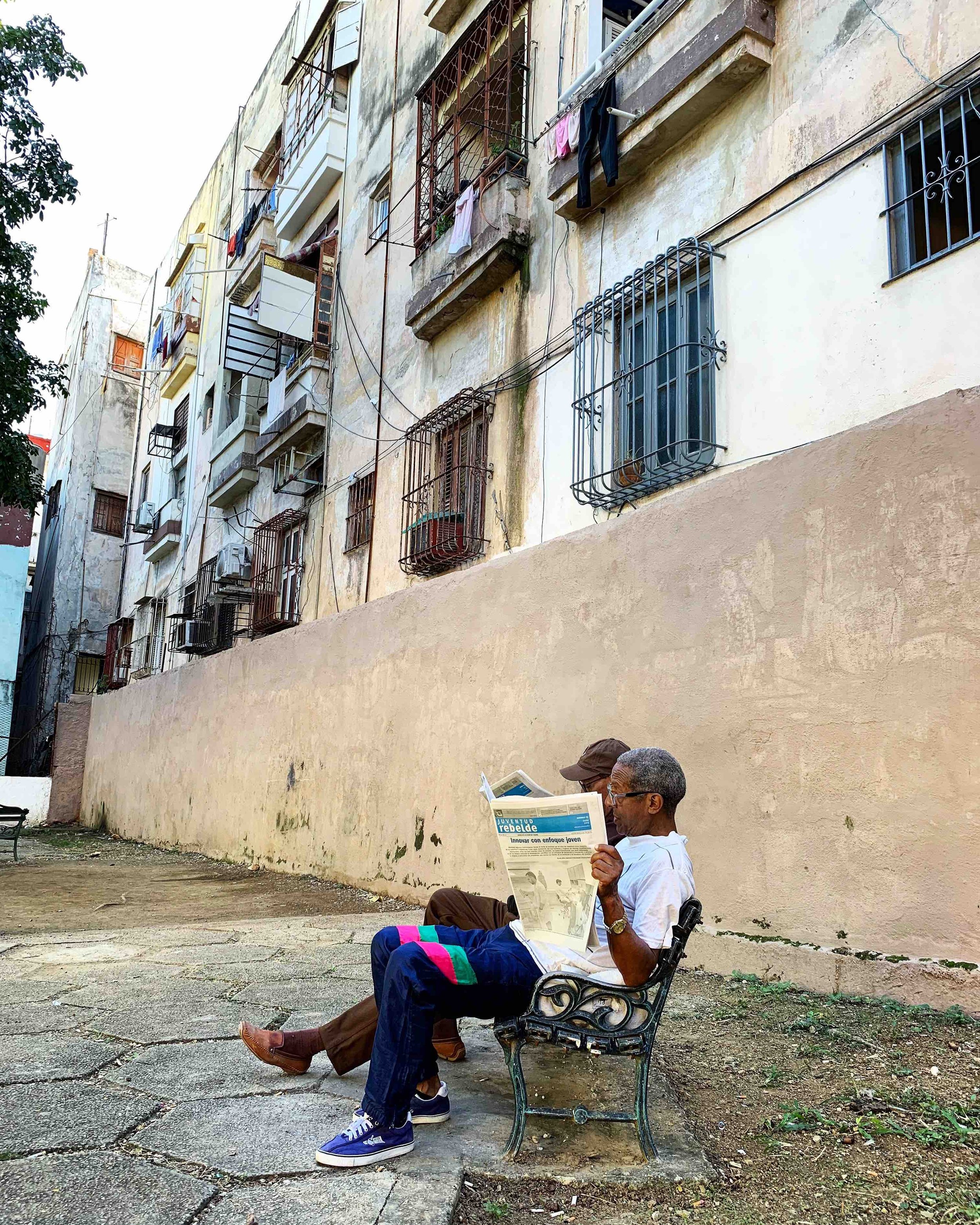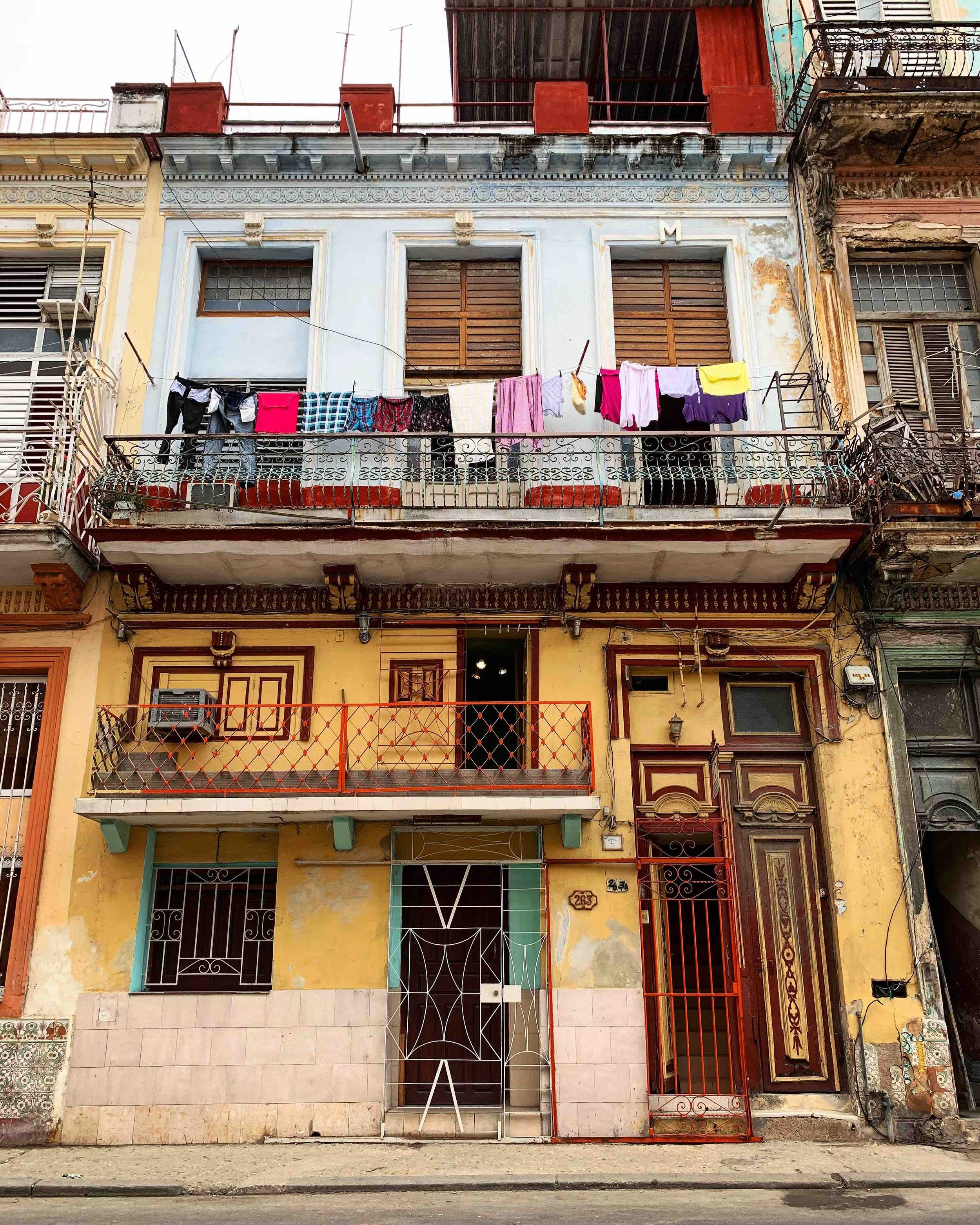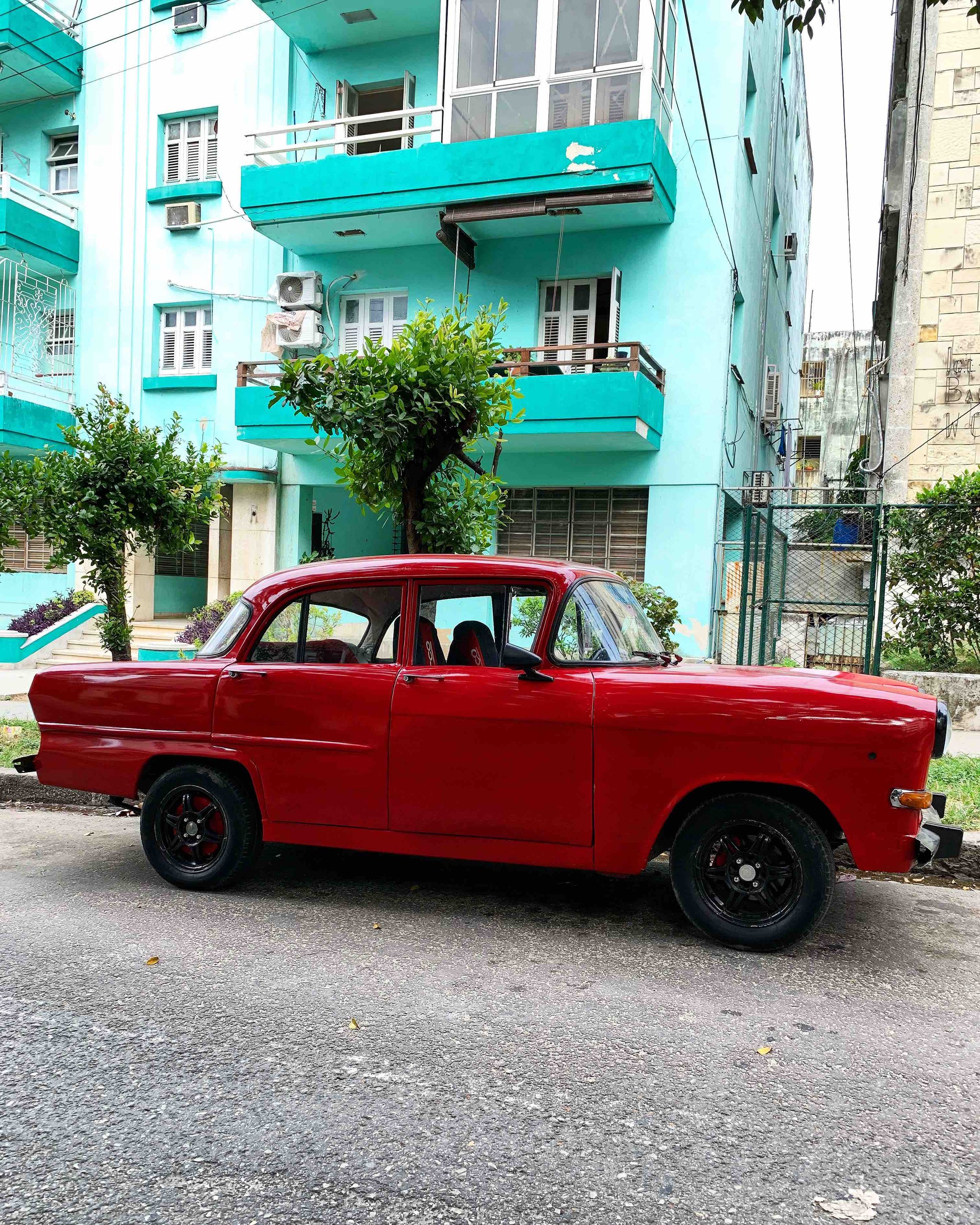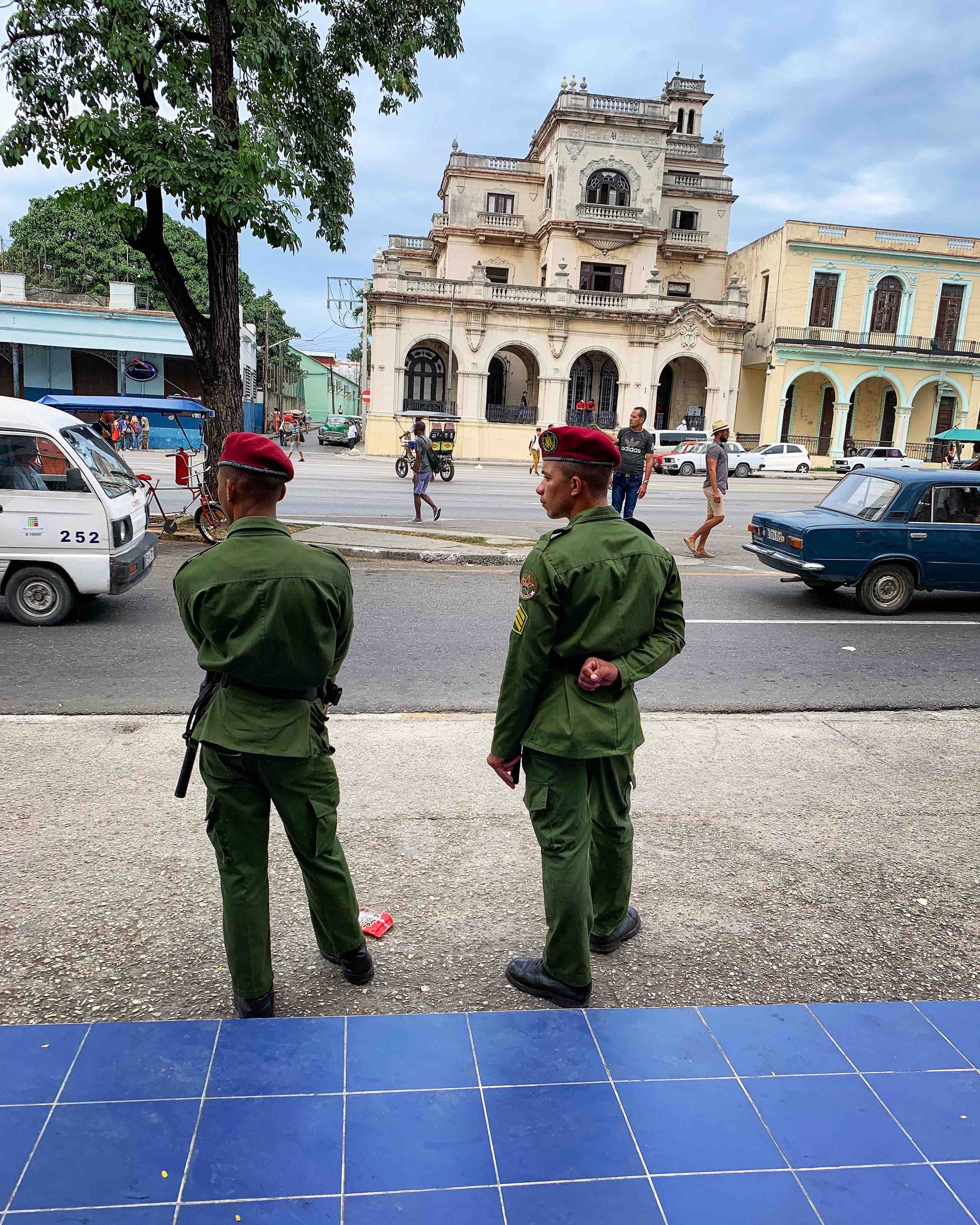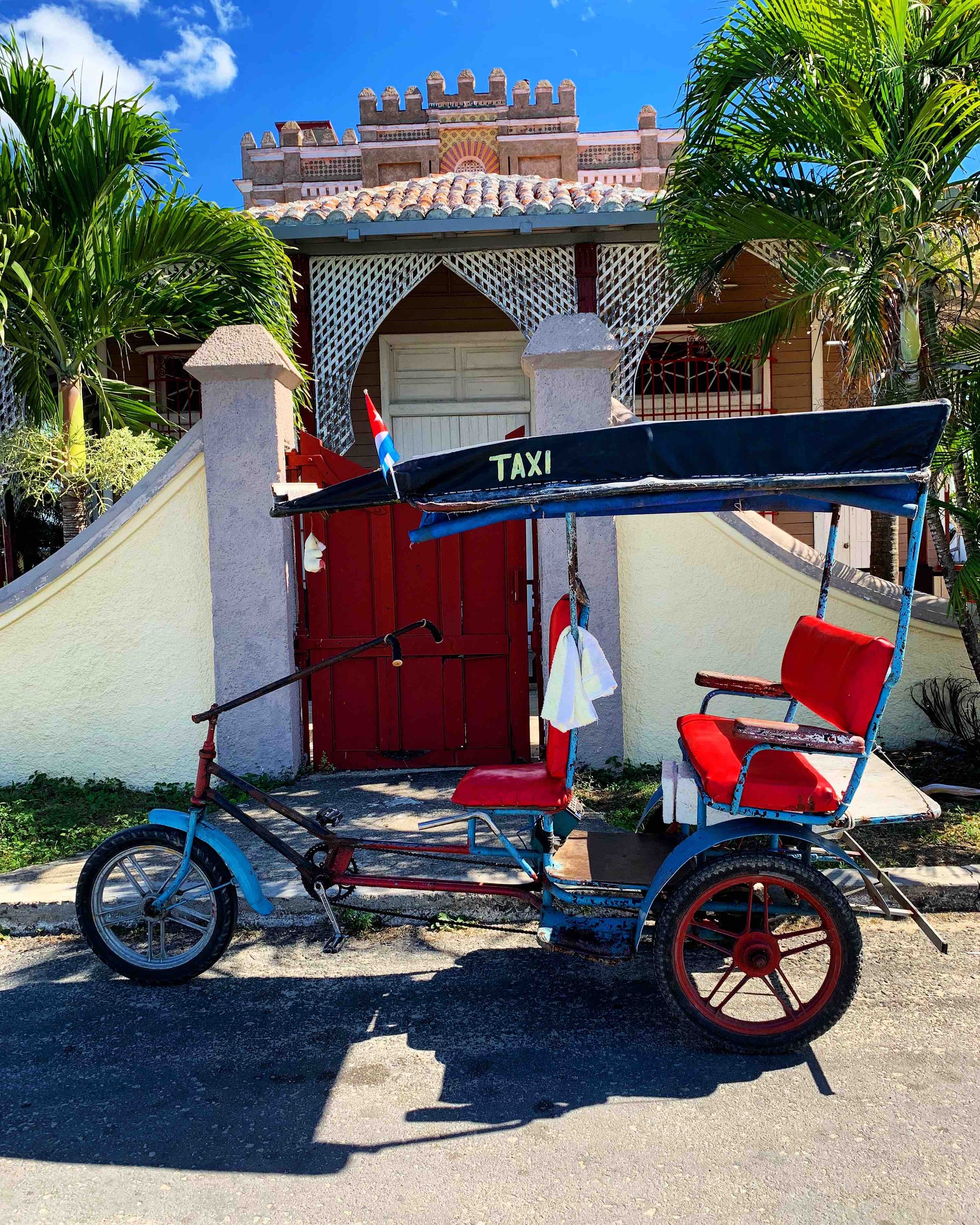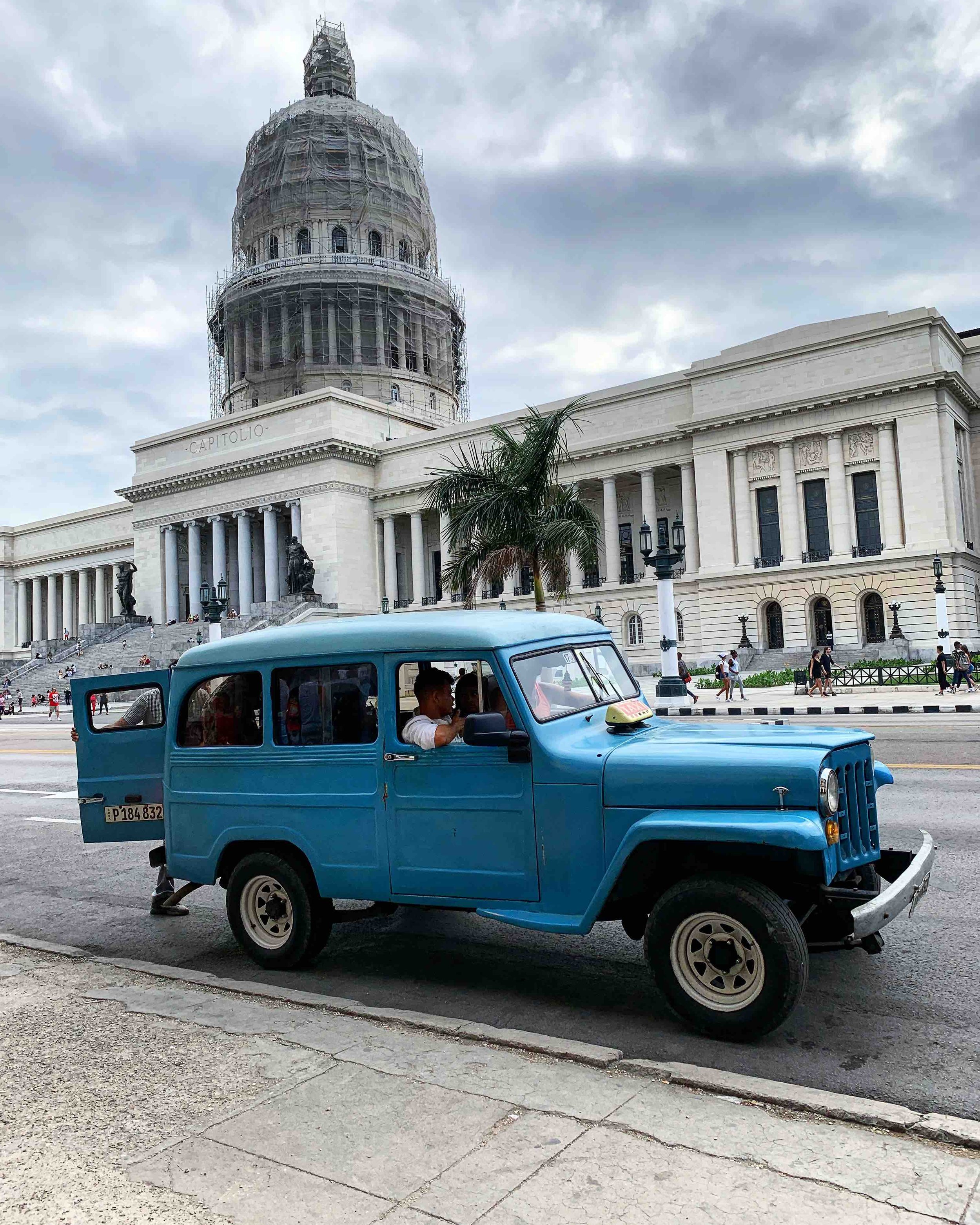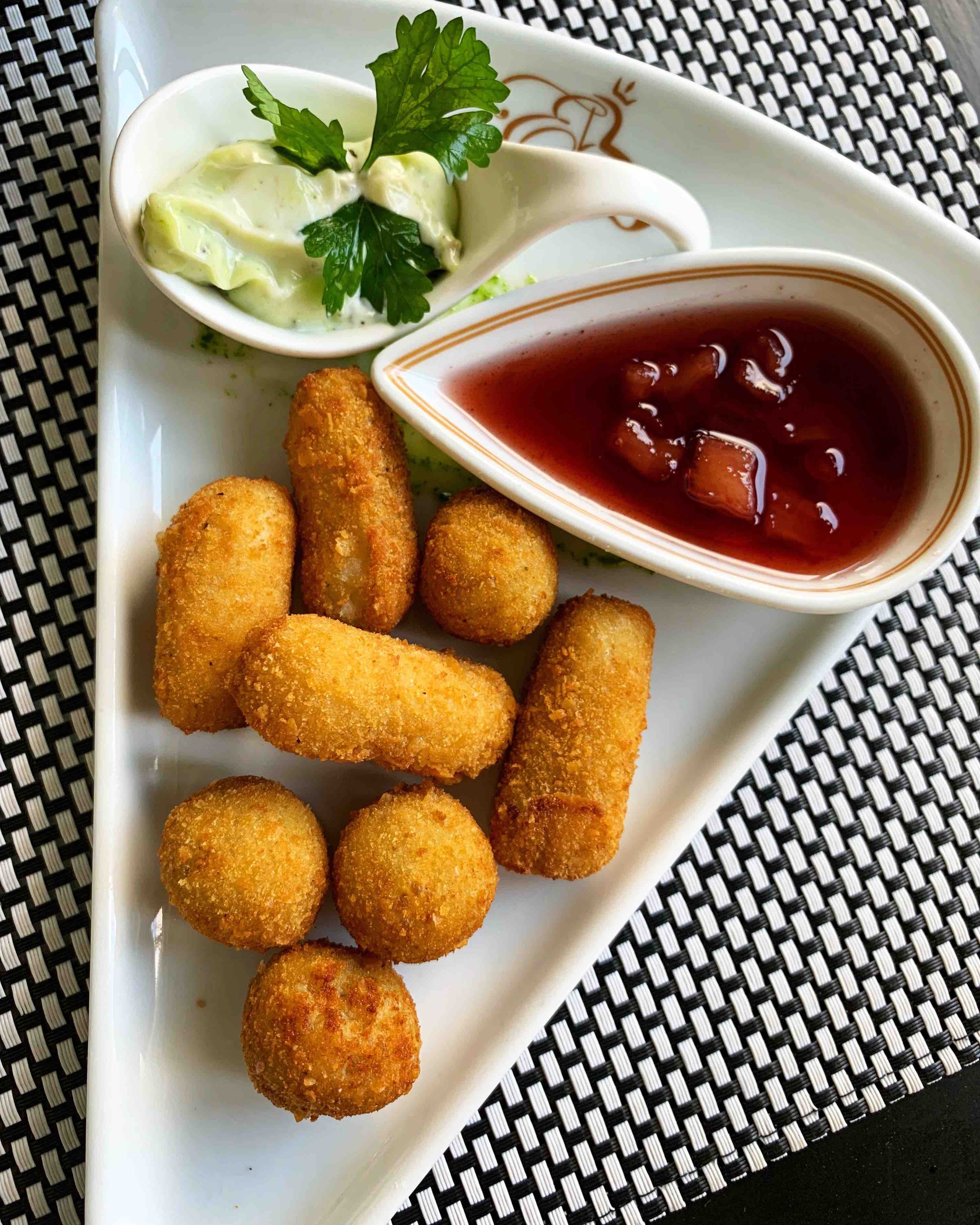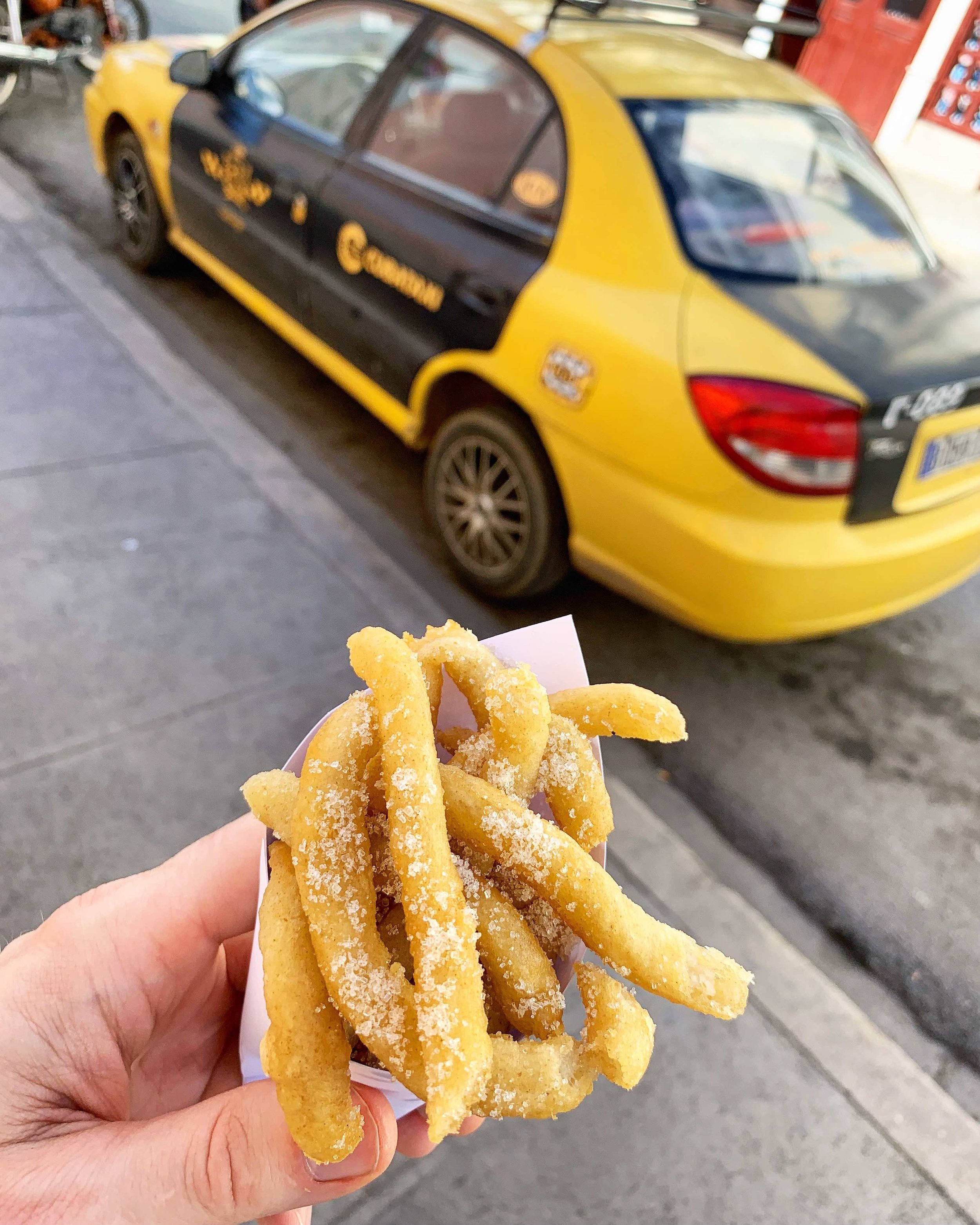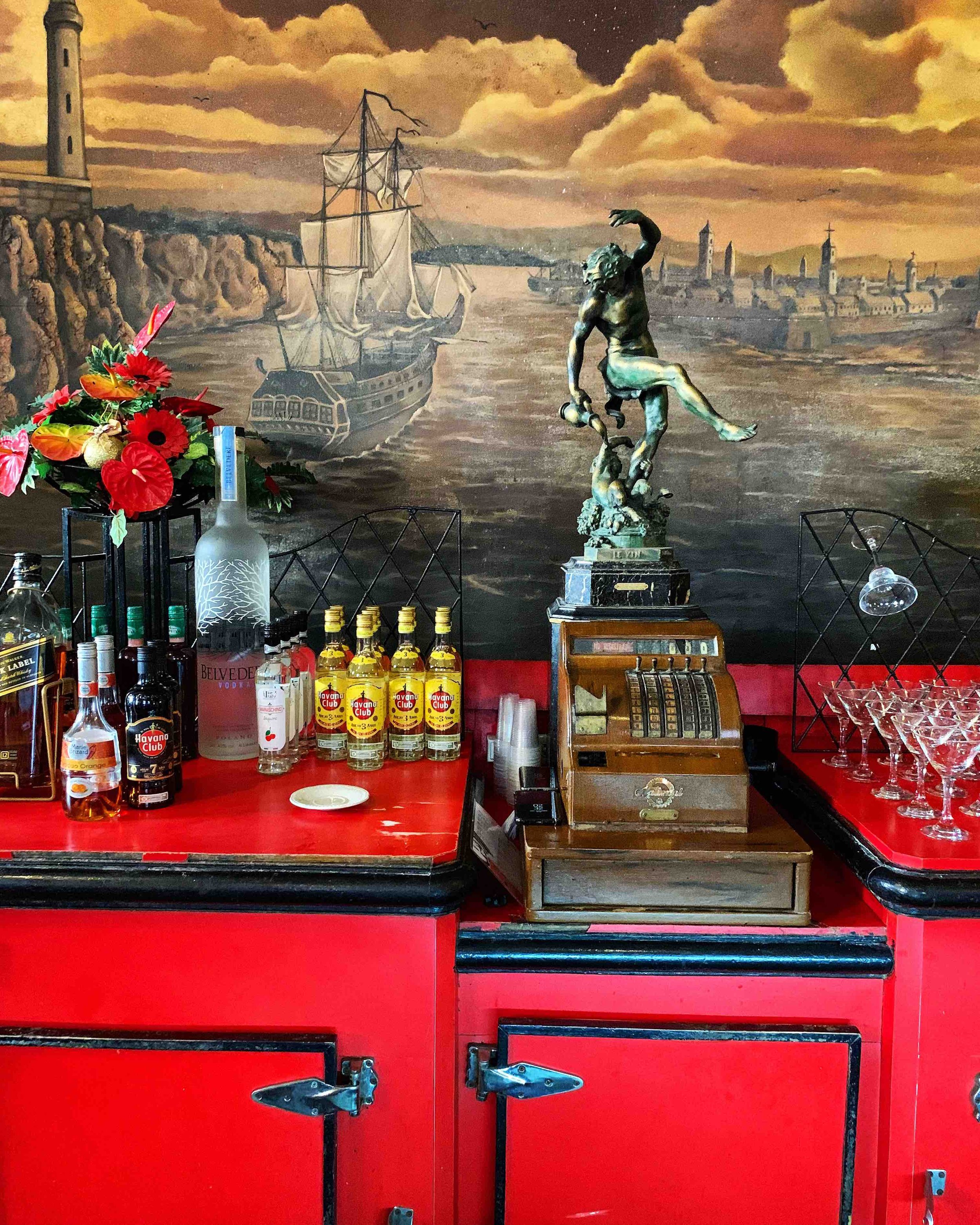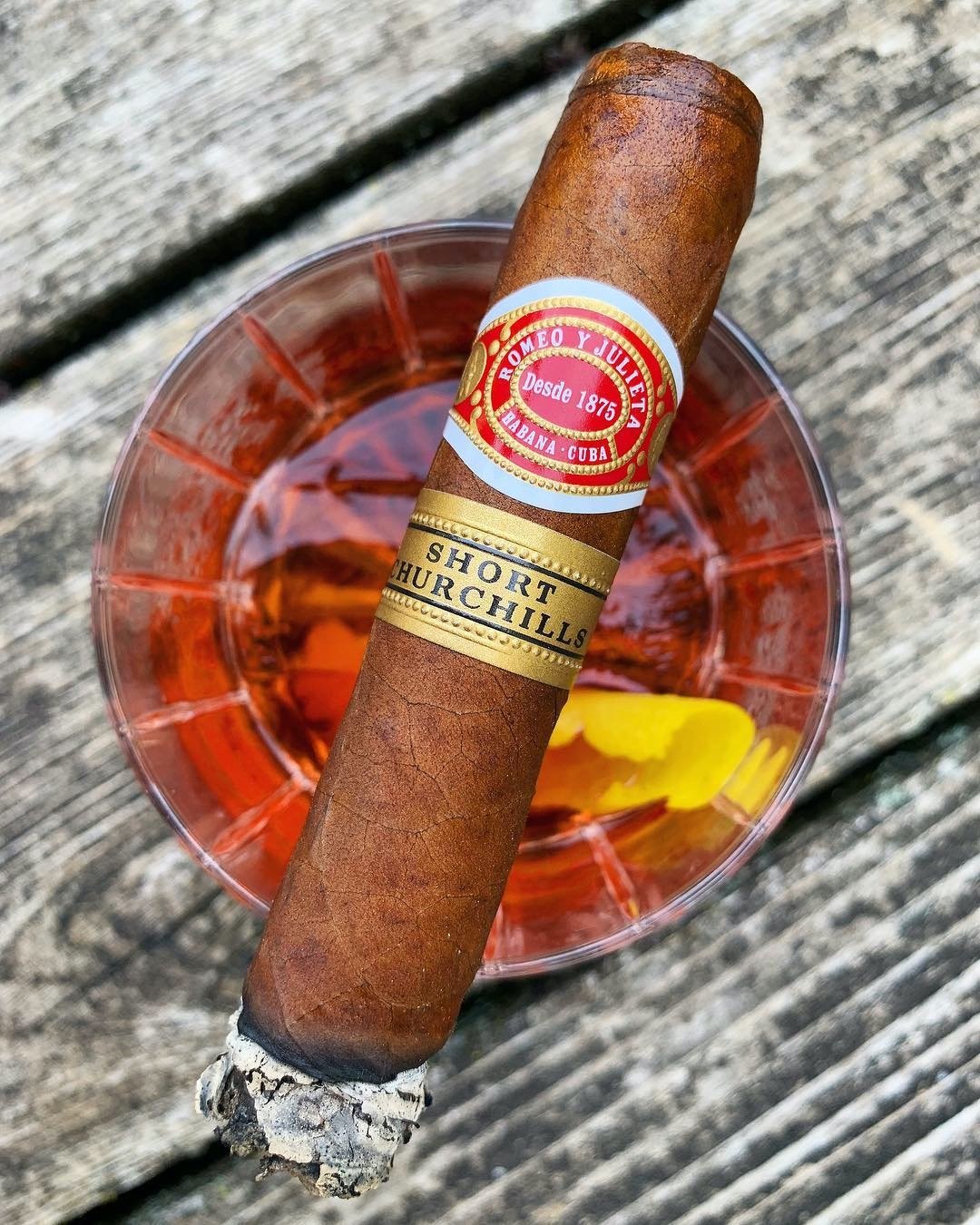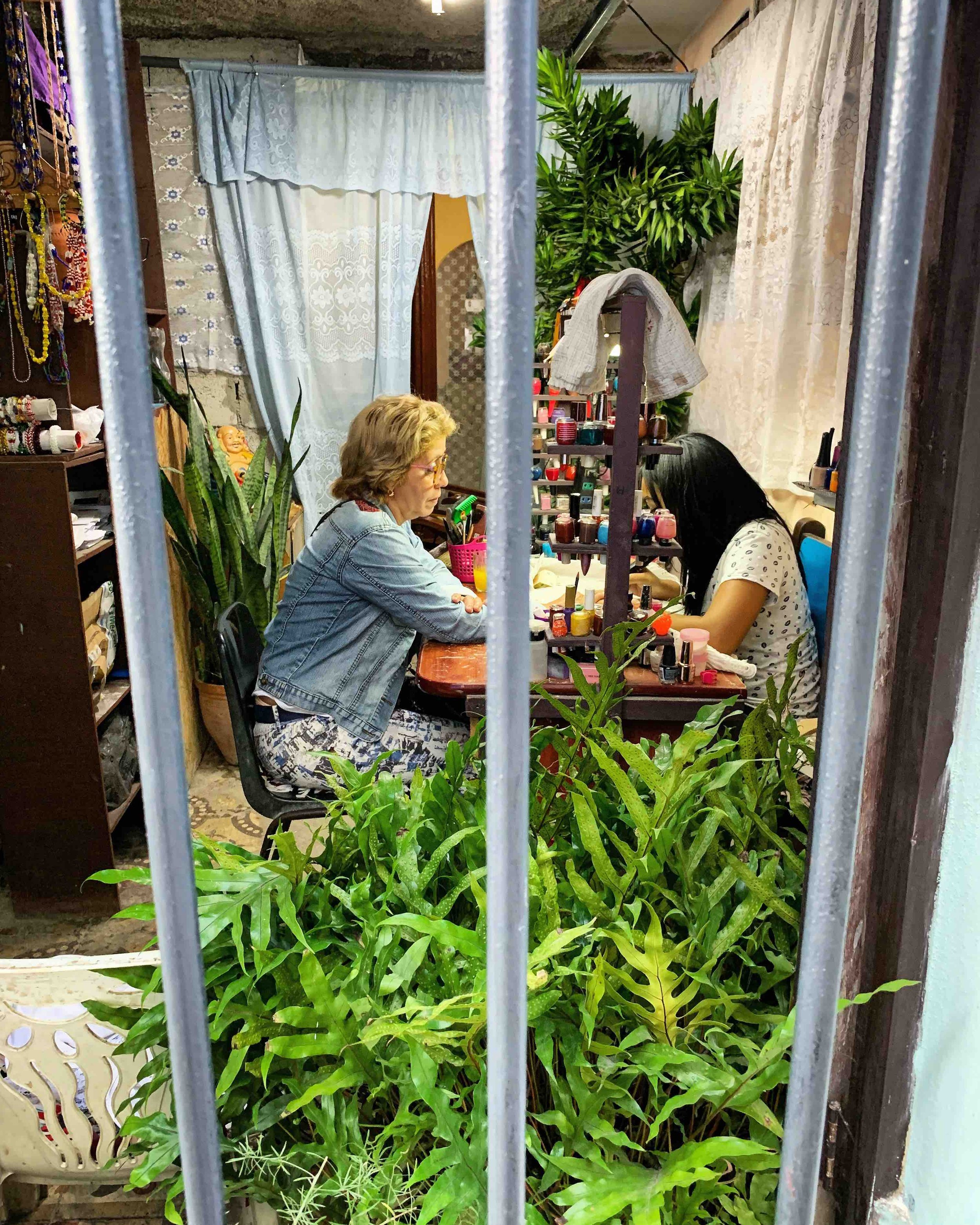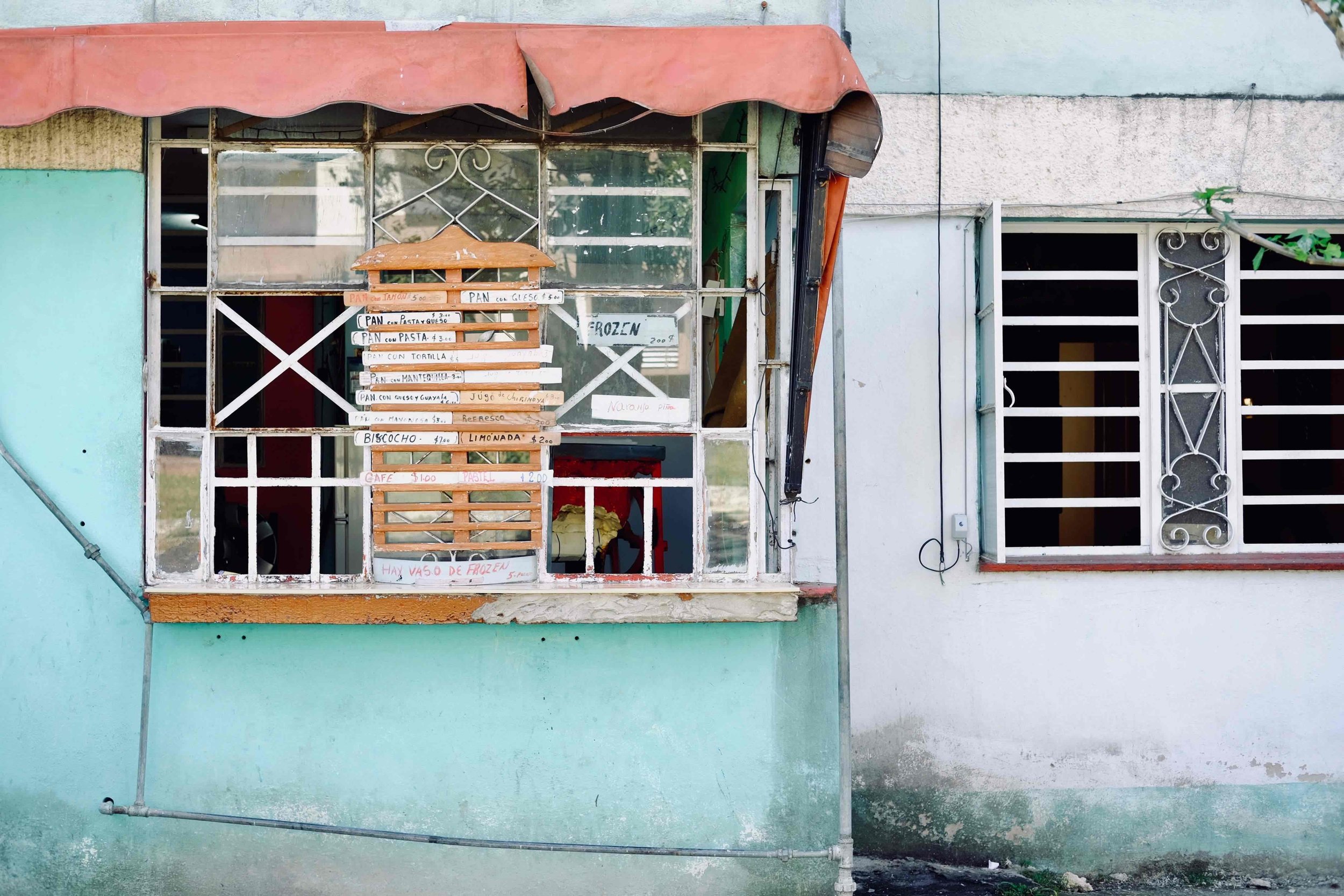Roam Guide / Havana, Cuba
Paul Buttenhoff is a biology professor, local food advocate and recovering yoga instructor. He lives in Minneapolis. Although he’s trained as a tropical biologist, he found the job market to be tight for herpetological endocrinologists when he returned to the Midwest so he’s kept himself busy by teaching anatomy and physiology for the past few decades. When he’s not teaching, he scours the globe for the best bites from the places that do it the right way. His personal Instagram @bothrops1 (named for a snake) is a bit of a tribute to men’s style and quality food and drink. If he’s the only white guy in the restaurant, he knows he’s nailed it.
Where did you go?
Havana, CubaWhen is it best to visit?
Like all Caribbean Islands, Cuba is HOT in the summer and there is a risk of hurricanes between June and November. This means Cuba is perfect for a winter / spring vacation when it’s warm enough to be enjoyable but not so hot that it’s impossible to move! Rain is very sporadic in the winter and most of the time it’s dry and perfect for being on the go. The temperate weather makes packing easier too.
How do we get there?
It’s possible to fly direct to Havana’s Jose Marti International Airport (HAV) from several cities including New York-JFK, Miami and Fort Lauderdale. You can also fly from Canada, Mexico and any another US city, as long as there are less than two stops on the journey. The visa process starts when you buy a ticket and you have to list the reason for your trip (elect “Support the Cuban people”) The process ends when you finalize the documents at your departure gate before your flight to Havana. I’m a fan of flying into and out of Miami - the flight is super short and, upon your re-entry, the US border folks are very accustomed to dealing with travelers coming back from Cuba. Upon arrival in Havana you can utilize taxis and Bici-taxis (cycle pedi-cabs), both affordable and popular forms of transportation.
Rtip: Purchase your Cuban Tourist Card ahead of time and verify that your flight ticket includes the required non-U.S. medical insurance. American Airlines and Jet Blue often build in that cost. If your carrier does not provide it, you can obtain the required Cuban health insurance upon arrival, just before immigration, for 4$ per day. For up to date information regarding travel visas, visit the Cuban Embassy Website.
Where do you stay in Cuba?
There are a large number of government-owned hotels in Cuba. In all the major cities and towns, there are an increasing number of private rooms are available, mostly in private houses, called Casa Particulares. The benefits? More of your money gets into the hands of private citizens and you get a much better sense of the real Cuba. Most offer a massive breakfast for $5 that should not be missed. This past January, in Havana, I divided my lodging between two places. I’d go back to both without any hesitation.
La Reserva Vedado / Reservations
I chose this hotel for the first part of my stay because my flight got in super late and I desired the ease of a hotel- I didn’t want to inconvenience the family-owners at a smaller casa particular. La Reserva has stylish, clean rooms and an attentive staff. There is a gorgeous garden patio (open 24 hours) with a good selection of familiar cocktails and local beer. I almost cried when, after the first sip of my daiquiri, I spotted the box of cigars for sale behind the bar. The Cuban rum and Cuban cigar at 2AM were the perfect welcoming committee.
Villa Costa Habanera / Reservations
This quaint casa particular in Central Havana is run by the most charming, accommodating family. It’s located in a busy district within a few kilometers of Old Havana. The owners were great at providing or arranging transportation and their warm demeanor was one of the things I remember most about my trip in January. Clean and very affordable rooms and a great $5 breakfast option make this a popular spot with travelers.
Rtip: If you are more comfortable with a traditional Havana airbnb property, this seaside apartment located on Havana’s Malecon, is a reasonable and beautiful option that you can book directly, here.
What Should We Do while we’re there?
The best itinerary for Cuba? Walk, talk, and gawk. If you want to get the best view of the Cuba, be in it. The number of historical sights and museums is staggering. If you plan to go, it’s a great idea to spend some time learning more about Cuba’s fascinating history… you’ll be happy you did! It’s possible to spend all day walking through Havana and see a great cross section of the city!
“Cuba is amazingly safe and it’s possible to immerse yourself in the country by simply “being."
Rtip: If possible, catch a baseball game at Estadio Latinoamericano. The country is nuts for baseball and it’s an affordable and popular activity for Cuban families to enjoy. The home team, the Industriales are like the New York Yankees of Cuba.
Old HavanaOn your first trip to Cuba, it’s an absolute necessity to few hours, at least, in this historic neighborhood. It’s definitely the touristy part of town…there are a number of hotels and it’s a popular cruise stop, but it’s beautiful and fascinating. Car traffic is prohibited in much of the area so walking and gawking is a breeze. Hire a ride in one of the ubiquitous classic American cars from the 50’s and get a fun tour from an energetic driver…you’ll be glad you did!
The MaleconA stroll along the seafront boulevard, with stops for pictures and conversations with locals, should not be missed.
“It’s strange to look to the north and realize that you’re only a hundred miles, or so, from Key West.”
Other sights that can be easily visited are the National Museum of Fine Arts and the Plaza of the Revolution, where you can take the elevator to the top of the José Martí Memorial. The scope of the buildings and the juxtaposition of Soviet Era buildings and pre-revolution architecture is so harsh and sharp that it can sometimes be hard to process!
Where should we make time to eat?
Food is available, all over, in Cuba. There are many government-run places, from humble to grand, that will provide adequate but lack-luster fare. There are a growing number of mostly family-run restaurants called paladares that offer better, more unique food. It helps to have a few of these mapped out before your trip.
When many of us think of Cuban food, what we are really imagining the food that has proliferated from Miami. We think of decadent sandwiches dripping with cheese and pork juices and perfectly fried plantains. In reality, there can be a relative scarcity of many of the more “luxurious” ingredients in Cuba. The families that run the casa particulares have to spend significant amounts of time procuring the ingredients for the $5 breakfasts and many of the private restaurants rely on the black market to get ingredients. Don’t get me wrong, there is great food to be had in Cuba, and I was excited about everything I ate, but sometimes the expectations of American travelers are a bit biased in the Miami-Cuban direction.
I tried to stick with the smaller places and street stalls but did have a great meal at the relatively famous La Guarida in Central Havana and would recommend it for those who find themselves seeking some great classic flavor. It’s a privately owned paladar and I’d suggest making reservations in advance. I didn’t have a reservation and had a memorable meal at the rooftop bar. Two other memorable paladares in Havana were Casa Miglis and Otramanera. It’s possible to make online reservations well ahead of time at both places.
Rtip: If you are looking for a place on the water check out Paladar Torreson for authentic menu items and a great view.
Where should we drink?
While in Old Havana, go to Hemingway’s hangout, El Floridita, and sip a daiquiri. Actually have two. The daiquiris at El Floridita are blended, when most are classically shaken. They use Havana Club rum and fresh lime juice. It’s busy and touristy but memorable and total a “must-do”.
“The bartenders were machines! The volume of drinks they put out in a short time was staggering. They used Havana Club rum and fresh lime juice. It was the best first sip of any drink I've ever had.”
Most of the bars sell versions of the classic rum-based drinks and there are several brands of Cuban beer that are light and serviceable. It’s not a bad idea to chat with a bartender or two about recipes. If you want to enjoy a sunset cocktail consider the view from the Hotel Nacional de Cuba.
What is the one can't miss item on your itinerary?
Marveling at the history in Old Havana “La Habana Vieja”, without a doubt.
Tell us something we don't know?
Cuban sandwiches in Cuba aren’t all they are cracked up to be! At many locations, the ingredients like ham, mustard, pickles, cheese, aren’t always readily available. The decadent sandwiches of our dreams are more of a Miami construct than a Cuban reality.
What should we shop for, or bring back with us?
Cuban cigars are always great gifts. The ONLY places from which you should buy cigars in Cuba are the official La Casa del Habano stores. If you buy cigars from any of the numerous people on the street who offer them for sale, know that they are fake. There are no exceptions to this. If you can get past the gauntlet of hustlers outside Fábrica de Tabaco Partagas, inside you’ll find Havana’s oldest and most famous cigar factory, where you can also smoke a cigar in the VIP room and savor an incredible espresso.
Cuban rum, especially Havana Club, is cheap and delicious but heavy to carry. Buy some for yourself and invite people over for daiquiris!
You are allowed to bring back an unlimited amount of rum and cigars if you are over 21. The first liter of alcohol and first 100 cigars are duty-free. On your way back to the States, you’ll be asked to declare if you are bringing back more than $800 worth of items. You can easily buy a few boxes of cigars and a couple bottles of rum and remain well under the limit. I had no problems, whatsoever, at US Customs upon my return.
“When I came back through Miami, I was asked if I had more than $800 worth of goods from Cuba to declare. I didn’t, so I said “no” and passed through customs in ease.”
Rtip: Cuban coffee beans an easy take away. The island’s climate is ideal for growing coffee beans and the blends are rich, dark, and delicious.
What should we take on the trip?
You’ll need to bring cash. As of now, American Credit cards aren’t accepted in Cuba. You can pay online for your lodging and extended bus trips ahead of time but you’ll need cash during your trip. You’ll be able to exchange American dollars to Cuban Convertible Pesos (CUC) at the airport and major banks in the bigger cities. Unless you plan to go crazy, $100 per day was more than enough. There are two currencies in Cuba. It takes about a day to figure out. The CUC and the US dollar are always pretty close to 1:1.
Comfortable clothes for traveling are a must. Light clothes that layer easily will make your life easier. If you travel like I do, you’ll need trustworthy shoes. I walked on average about 10 miles per day. Sometimes more. It may sound a bit crazy to some folks, but Red Wing Iron Rangers, already well broken in, kept my feet and spirit happy through days and days of constant walking. The only other pair of footwear that I brought was a pair of sneakers and I only wore them for a few hours on one day. I’ll only take the boots the next time I go back. When I was out and about, I only carried a small shoulder bag from Brady Bags. It held an umbrella, snacks, phone chargers, and miscellaneous items. Although I never felt unsafe in Cuba, not even ONCE, it was comforting to know that the bag was well-built and very secure. It’s my go-to bag for traveling light! Because I used my phone constantly to take pictures and navigate, I needed to carry spare phone batteries. I’m a big fan of Mophie chargers and brought several in different sizes. The electrical outlets in Cuba are the same as they are in the US, which removes one extra level of planning and gear! I always made sure that I had batteries charging whenever I had access to electricity. Be warned, service is not always readily available in Cuba and it helps to download map programs that rely on your phone’s GPS rather than the internet. I used a free app called Maps.me and downloaded the Cuba map BEFORE I left the US. On the ground in Cuba, the resolution and accuracy were incredible and made moving about a total breeze!
Rtip: If you have the space and weight to spare, a package of baseballs will NOT go unappreciated. They are a treasured gift to pass out to the kiddos, who play baseball in every open space they can find.
